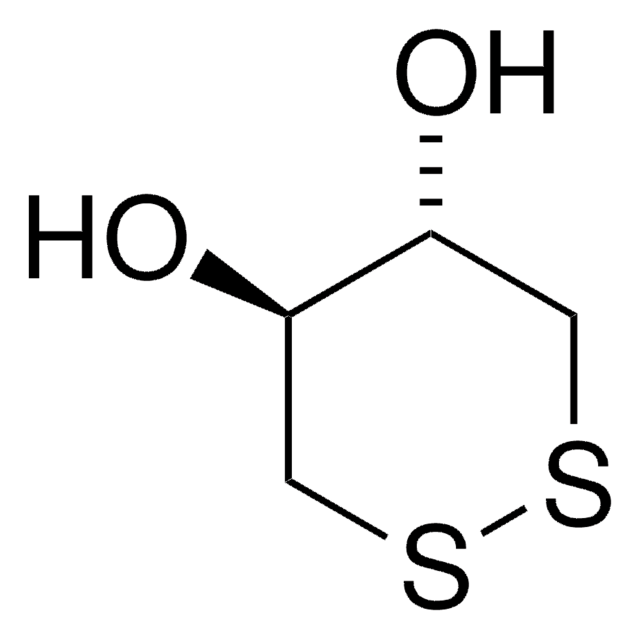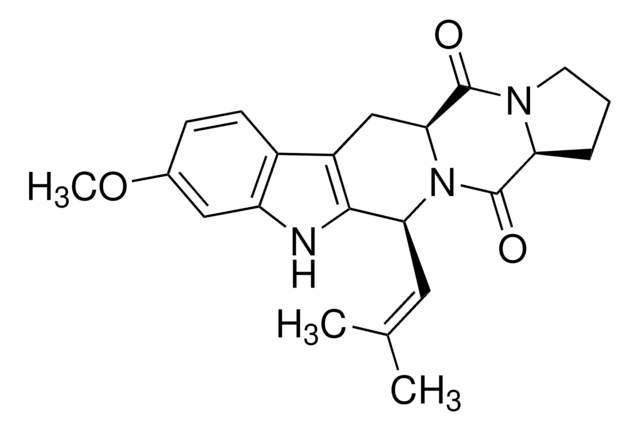D5921
DMEM - low glucose
With 1000 mg/L glucose, and sodium bicarbonate, without L-glutamine and phenol red, liquid, sterile-filtered, suitable for cell culture
Sinónimos:
DME, DMEM
About This Item
Productos recomendados
product name
Medio de Eagle modificado de Dulbecco, poca glucosa, With 1000 mg/L glucose, and sodium bicarbonate, without L-glutamine and phenol red, liquid, sterile-filtered, suitable for cell culture
Nivel de calidad
esterilidad
sterile-filtered
formulario
liquid
técnicas
cell culture | mammalian: suitable
impurezas
endotoxin, tested
componentes
phenol red: no
sodium pyruvate: no
glucose: low
HEPES: no
L-glutamine: no
NaHCO3: yes
Condiciones de envío
ambient
temp. de almacenamiento
2-8°C
¿Está buscando productos similares? Visita Guía de comparación de productos
Descripción general
Aplicación
- living colon cancer SW620 cells
- human breast carcinoma cell lines MCF-7(13), KPL and MDA-MB-231
- mammal and canine derived adipose-derived mesenchymal stem cells
Reconstitución
Otras notas
suplemento
también adquirido normalmente con este producto
Palabra de señalización
Warning
Frases de peligro
Consejos de prudencia
Clasificaciones de peligro
Skin Sens. 1
Código de clase de almacenamiento
12 - Non Combustible Liquids
Clase de riesgo para el agua (WGK)
WGK 3
Punto de inflamabilidad (°F)
Not applicable
Punto de inflamabilidad (°C)
Not applicable
Certificados de análisis (COA)
Busque Certificados de análisis (COA) introduciendo el número de lote del producto. Los números de lote se encuentran en la etiqueta del producto después de las palabras «Lot» o «Batch»
¿Ya tiene este producto?
Encuentre la documentación para los productos que ha comprado recientemente en la Biblioteca de documentos.
Los clientes también vieron
Nuestro equipo de científicos tiene experiencia en todas las áreas de investigación: Ciencias de la vida, Ciencia de los materiales, Síntesis química, Cromatografía, Analítica y muchas otras.
Póngase en contacto con el Servicio técnico




